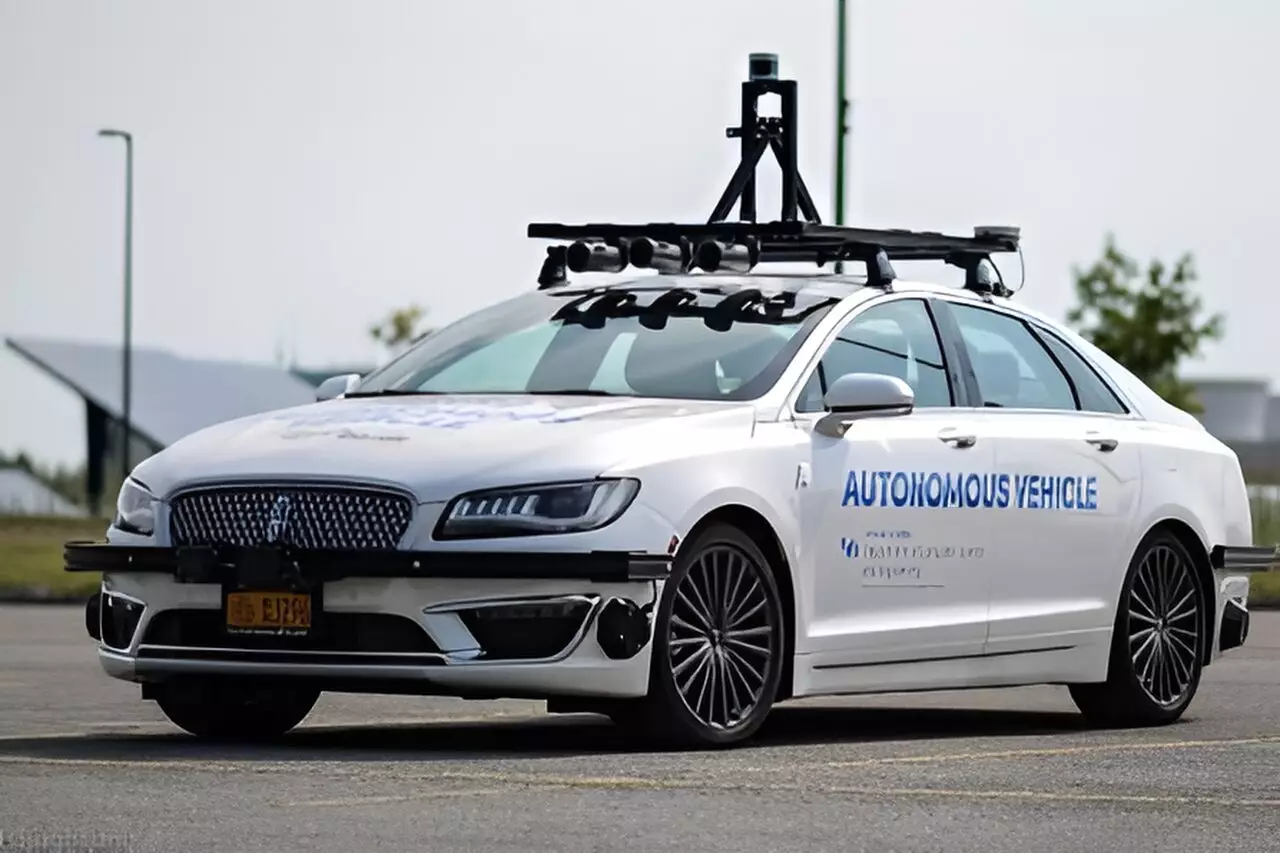Artificial intelligence has played a vital role in the development of self-driving vehicles, enabling them to make decisions, sense the environment, and predict outcomes. However, recent research conducted at the University at Buffalo has shed light on the vulnerability of these AI systems to attacks. The findings suggest that malicious actors could potentially cause these systems to fail, posing significant risks to the safety and security of autonomous vehicles.
The research conducted at the University at Buffalo has raised concerns about the susceptibility of self-driving vehicles to adversarial attacks. For instance, by strategically placing 3D-printed objects on a vehicle, attackers could render it invisible to AI-powered radar systems, thus masking it from detection. While this work is performed in a controlled research setting and does not imply that existing autonomous vehicles are unsafe, it highlights the potential implications for various industries, government regulators, and policymakers.
The Impact on Autonomous Vehicles
As self-driving vehicles are poised to become a dominant form of transportation in the near future, ensuring the safety and security of the technological systems powering these vehicles is crucial. According to Chunming Qiao, SUNY Distinguished Professor in the Department of Computer Science and Engineering at the University at Buffalo, safeguarding AI models from adversarial acts is a top priority. The research findings have been documented in a series of papers dating back to 2021, signaling the urgency of addressing these security concerns.
The Role of Millimeter Wave Radar
In autonomous driving, millimeter wave (mmWave) radar is widely adopted for object detection due to its reliability and accuracy in challenging environmental conditions. However, researchers have demonstrated that mmWave radar systems can be hacked both digitally and physically. By utilizing 3D printing technology and metal foils to fabricate “tile masks,” attackers can deceive AI models in radar detection, potentially causing a vehicle to disappear from radar screens.
One of the key findings of the research is the concept of adversarial examples in AI systems. By introducing subtle changes to images or objects that AI models are not trained to handle, attackers can exploit vulnerabilities in these systems. This poses a significant threat to the security and integrity of autonomous vehicles, as potential attackers could manipulate sensor data to deceive AI algorithms and compromise the safety of passengers and pedestrians.
Addressing Security Challenges
While the research has highlighted the potential risks associated with adversarial attacks on self-driving vehicles, finding effective solutions to mitigate these threats remains a significant challenge. Researchers have explored various defense mechanisms, but as of now, there is no foolproof solution to protect autonomous vehicles from such attacks. Moving forward, additional research is needed to enhance the security of radar, cameras, and other sensors used in autonomous vehicles to counter potential adversarial threats.
The growing concerns surrounding the vulnerability of AI systems in self-driving vehicles underscore the importance of continuing research and development in this field. As autonomous vehicles become more prevalent in our society, ensuring their safety and security against adversarial attacks must be a top priority for industry stakeholders, policymakers, and researchers alike. By addressing these security challenges proactively, we can help pave the way for a safer and more secure future of autonomous transportation.


Leave a Reply